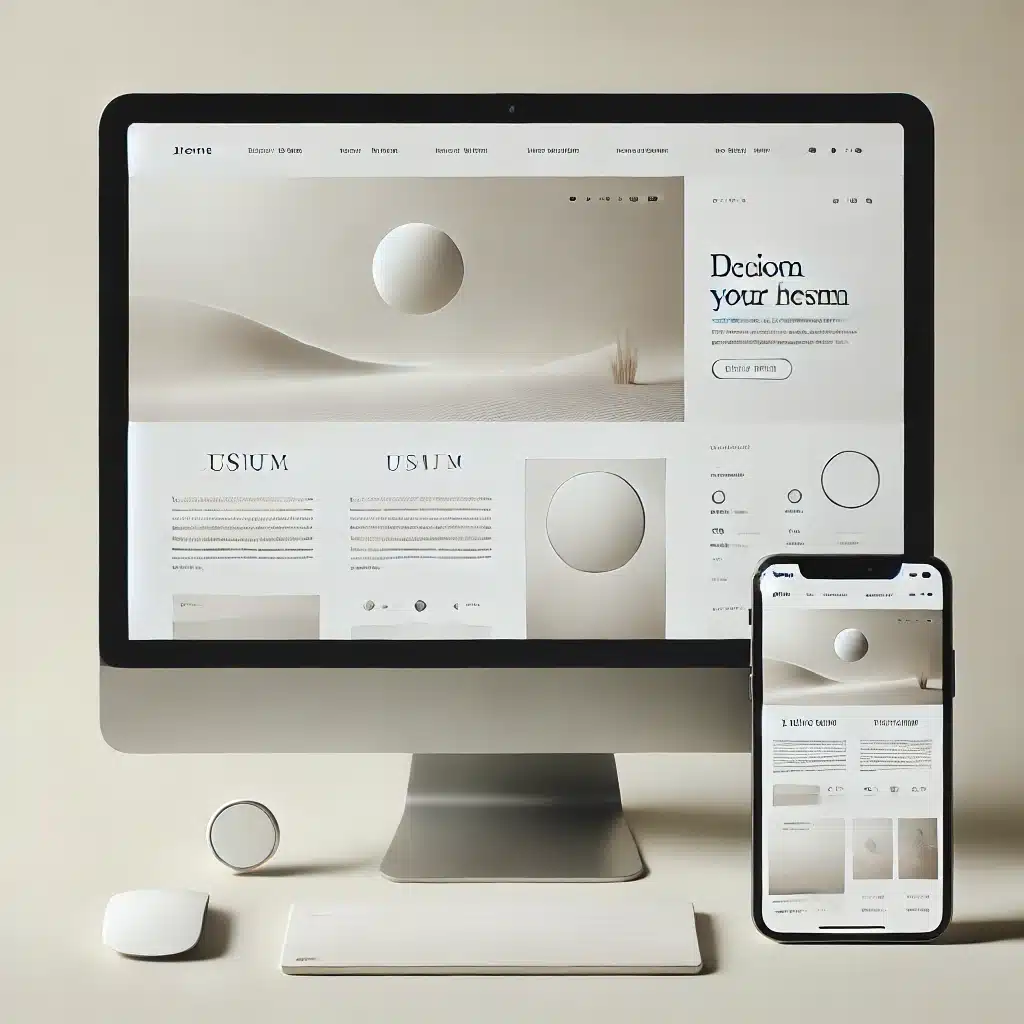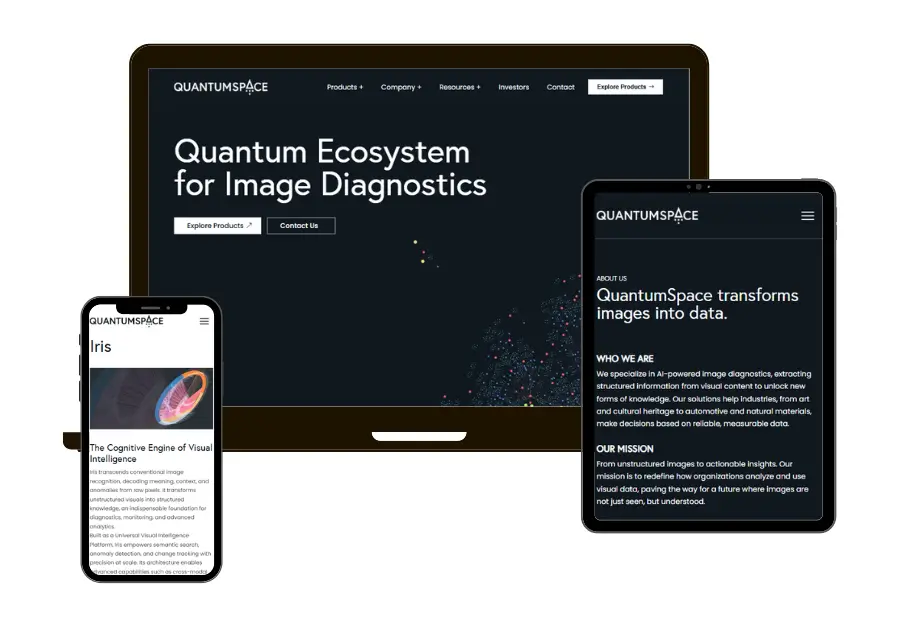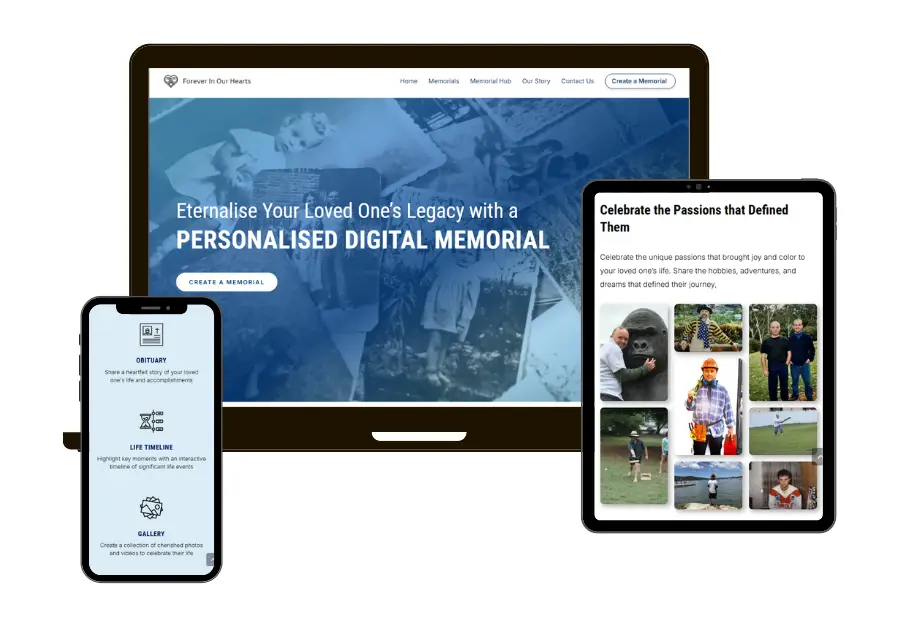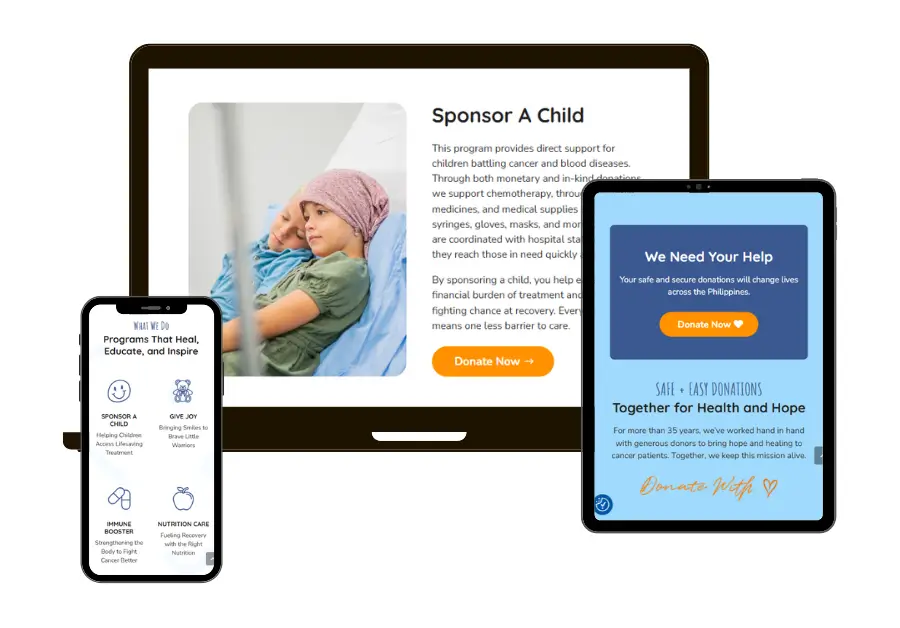
In today’s digital world, where users are bombarded with endless content and distractions, simplicity is becoming the ultimate sophistication. When it comes to website design, minimalist design is not just a trend but a powerful approach to creating user-friendly, effective, and visually appealing websites. Let’s explore how minimalist design can transform your website’s appeal and enhance your user experience.
1. Cleaner Aesthetics: Less is More
One of the fundamental principles of minimalist design is the idea that “less is more.” By reducing clutter and unnecessary elements, minimalist design helps to create clean, streamlined visuals that are easy on the eyes. A clean website layout improves focus, making it easier for visitors to navigate and find what they’re looking for. Whether it’s reducing complex graphics or simplifying the color palette, minimalist websites are visually appealing because they emphasize only the essential elements.
2. Improved User Experience (UX)
User experience plays a crucial role in the success of a website. A cluttered or overly complex design can overwhelm users, causing frustration and potentially driving them away. Minimalist design improves UX by offering easy navigation and a clear structure. With a focus on key actions and information, users can quickly access what they need without distractions. The streamlined layout guides them through the website without overwhelming them with unnecessary details.
3. Faster Loading Times
Speed is essential in today’s fast-paced digital world. Minimalist design generally results in faster loading times, as fewer elements (such as images, scripts, and complex designs) are required to load. Websites with minimalist layouts typically have fewer files to load, which means they perform faster. Faster websites contribute to better user satisfaction, lower bounce rates, and improved SEO performance.
4. Enhanced Branding and Message Clarity
A minimalist design forces you to focus on the essentials. By stripping away unnecessary elements, you can communicate your message more effectively. A website with minimalist design allows for clear, direct communication, highlighting key messages and calls to action. When users land on your website, they immediately understand what you offer and what to do next. A clear, focused design makes it easier to build a strong brand identity and convey your value proposition.
5. Mobile-First Appeal
With more people accessing websites via mobile devices, having a responsive design is critical. Minimalist websites are ideal for mobile-first design because their clean, straightforward layout translates easily across different screen sizes. By simplifying your website’s design, you can ensure that it looks and functions well on any device, enhancing the user experience for mobile users.
6. Long-Term Design Longevity
Trends come and go, but minimalist design remains timeless. While other design trends may fall out of favor or seem outdated over time, minimalist websites often retain their appeal. The simplicity of minimalist design means that your website will have a modern, fresh look for longer. It’s easier to maintain and update a minimalist website as your business evolves, making it a future-proof solution.
Final Thoughts
Minimalist design is more than just an aesthetic choice—it’s a strategic approach that can significantly enhance your website’s functionality, user experience, and overall appeal. By focusing on simplicity, speed, and clarity, minimalist design helps visitors engage with your content more effectively, leading to higher conversion rates and a more memorable brand experience.
Want a sleek, minimalist website? Let’s design one that works perfectly for your brand! Contact us!




0 Comments